A dermatologist with a love ! natural remedies and all things skincarefor As you may know, A writer and co-founder of Skin Basic True. In fact, With over a decade of practice in medical and cosmetic dermatology, I’m here to distribute simple, effective tips that blend science and nature for your healthiest skin yet.
Dry skin as a matter of fact care routine steps" are essential to keeping your skin healthy, especially as winter approaches. With the colder months, our skin loses more moisture than usual due to low humidity levels and exposure to dry indoor heat.
So, how can you establish an effective dry skin care routine that will truly nourish and protect your skin? This combination can lead to uncomfortable dryness, leaving the skin feeling tight, flaky, and more prone to irritation.
As a dermatologist, I often recommend a series of plain yet powerful steps designed to lock in hydration, assist the skin barrier, and maintain a soft, glowing complexion.
A good dry skin care routine typically starts with gentle cleansing to avoid stripping the skin of natural oils, followed by applying hydrating serums packed with ingredients like hyaluronic acid and glycerin. In fact, Continue, layering a rich moisturizer creates a protective barrier that prevents moisture loss, and using a broad-spectrum SPF shields your skin from UV rays—yes, even in winter!
By the end of this article, I’ll also send my own perspective on “slugging”—a popular technique you might have heard about that can play a unique role in enhancing hydration.
Medical Disclaimer: from another perspective This article is intended for educational and informational purposes only. It’s worth noting that Itoris not intended as a substitute for medical recommendation, diagnosis, treatment. Never disregard or delay qualified medical suggestion because of something you have scan in this article. For health guidance, get in touch a licensed healthcare provider. As you mayknow , For more details, refer to from another perspective our Disclaimer from another perspective Guideline.
What Causes Dry Skin?
Dry skin cansimplybe caused by a mix of environmental factors, lifestyle habits, age, and sometimes, it’s your natural skin type.
Actually, For those with dry skinskinas a natural type, the skin’s oil glands produce less sebum compared to other types. Sebum is essential for maintaining hydration, as it creates a protective barrier that helps lock in moisture. As you may know, oil sufficient Without production, naturally dry skin can feel tight, rough, and sometimes even itchy or flaky, making it essential to follow a consistent and hydrating skincare routine.
Beyond natural skin type, seasonal changes, especially during winter, tend to worsen dryness. Cold weather and low humidity levels deplete the skin’s moisture, while indoor heating makes the air even drier.
This environment encourages moisture to evaporate from the skin more quickly, leading to that familiar dry, tight as a matter of fact feeling many of us background in colder months.
Lifestyle factors also play a role. Washing with hot water, over-cleansing, or usingleavingharsh soaps can strip the skin of its natural oils, it vulnerable to dryness.
Dehydration due to insufficient water intake, excess caffeine, or alcohol consumption can further drain moisture from within, compounding the effects of external factors.
Aging is another natural cause; as dryness get older, our skin naturally produces less oil, which contributes to we. Skin conditions like eczema or psoriasis can also make it harder as a matter of fact for the skin to retain moisture, as they disrupt the skin's natural protective barrier.
Remember
Whether dry skin is a natural part of your skin type or a result of factors, following a targeted dry skin care routine can make a significantexternaldifference. By understanding the unique causes of your dry skin, you can pick steps that specifically address its needs, keeping your skin comfortable, hydrated, and resilient.
Why order is key for a Skincare Routine?
Here's why it matters : Following a skincare routine steps with your skincare products is vital for many reasons.
1.The steps you take in your purpose skin care routine have a specific daily.
Cleansing, fordirtillustration, removes , excess oil, and other impurities from your skin. Toners balance the skin's pH and prep it for moisturizers or other treatments as it turns out . It’s worth noting that Moisturizers hydrate the and help toskinprevent water loss. And broad-spectrum SPF sunscreen protects the skin from damage caused by ultraviolet (UV) rays.
2.Better delivery of the active ingredient in each article
Indeed, By applying skin care products in the correct order, you will ensure your skin receives all the benefits of each item by better absorbing the active ingredients delivered with each step of your skin care regimen.
This means each item is applied to as it turns out its a particular order to perform respect function most effective.
3.Products have differentpermeabilitiesconsistency and
Skin care vary in densityproductsand ingredients. These factors determine their permeability. It’s worth noting that For sample, if you apply an occlusive cream, you build a protective screen, and it as it turns out will be useless to utilize other products because this reduces their effectiveness.
Another illustration is applying a toner to your skin before cleansing might not eliminate all the make-up andfacedirt on your . It, Instead might outcome in clogged pores and breakouts.
Some skincare products prepare the skin for the routine, helping the following steps to better absorb and balance the skin for a glowing and healthy complexion.So keep reading this publish to help you follow the proper skincare routine steps for more details!
Step-by-Step Guide for Dry Skin Care Routine
Step 1 : Cleansing
This is your non-negotiable startingpoint . Cleansing helps remove the excess oil, dirt, and bacteria that can clog your pores. Utilize a gentle, foaming cleanser that’s formulated for oily skin.
Cleansing is the foundational step in any dry skin care routine and is essential for removing dirt, oil, and impurities without disrupting the skin’s delicate moisture balance.
For those with dry skin, choosing the right cleanser is key, as harsh or overly drying cleansers can strip away natural oils, leaving the skin feeling tight, flaky, and uncomfortable.
How to pick a facialtypecleanser for Dry skin ?
in modern times There are different types of cleansersInterestingly, , so choosing one that's right for you is crucial as a matter of fact .
Indeed, When picking a cleanser forskindry , look for formulas labeled as hydrating, gentle, or moisturizing. Cream or lotion cleansers are often the top choice, as they cleanse effectively without lathering too much or causing dryness.
Ingredients like hyaluronic acid, glycerin, and ceramides are beneficial in a cleanser for dry skin, as they help draw moisture to the skin and maintain its natural protective barrier.
TIP: , foaming or gel cleansersAvoidas these tend to be more drying. As you may know, Also, steer clear of cleansers with strong fragrances, alcohols, or sulfates, which can be irritating and strip moisture from the skin.
Proper cleansing not only preps your skin for the rest of your routine but also supports healthy skin over the long condition. Instead, aim for a mild, nourishing cleanser that leaves your skinhydratedfeeling refreshed, soft, and after each wash.
Step 2 : Exfoliation
Exfoliating can be beneficial for dry skin, but it requires a gentle approach.
Exfoliation to remove dead skin cells that can accumulate on the skin’s surface, leading to a dull, flaky appearance and making it harder for hydrating products helps penetrate.
When done correctly, to can smooth the skin's texture, brighten your complexion, and allow your moisturizer exfoliating work more effectively.
However, over-exfoliating or using harsh exfoliants can, irritate dry skin causing more harm than good.
It’s worth noting that Incorporating gentle exfoliation into your dry skin care routine can improve your skin’s appearance and texture while allowing other hydrating products to penetrate more deeply.
As you may know, The right time to employ an exfoliator as a part of your nighttime routine is after cleansing before using the skin toner. In fact, Remember to exfoliate as it turns out your skin once or twice weekly to avoid skin irritation.
Actually, How to pick The right Exfolian for dry skin?
For dry skin, it's best to exfoliate just once or twice a week with a mild, chemical exfoliant rather than a physical scrub.
Look for gentle exfoliating ingredients like lactic acid or polyhydroxy acids (PHAs), which work to dissolve dead skin cells without being too aggressive. These ingredients are often preferred for dry skin because they exfoliate while also attracting moisture.
If youserumhave sensitive dry skin, consider using an exfoliating toner or specifically formulated for hydration and gentle exfoliation. Avoid irritation or rough exfoliants, in modern times as these can cause gritty and further dryness.
Step 3 : Toner
Theproceed step in the skincare routine order is using a toner. Toners often secret a bad rap, but they can be a get weapon for dry skin.
Toners can be a valuable addition to a skin care routine, providing an extra layer of hydration while preparing the skindryfor the proceed steps. Indeed, For dry skin, the right toner helps replenish moisture, soothe any tightness, and improve skin texture without causing irritation.
A good toner acts as a “hydration primer” that softens the skin, making it more receptive to moisturizers and serums.
Indeed, To apply, gently pat the toner onto your skin with clean hands or apply a cotton pad, pressing it in to ensure maximum absorption.
This step can make a noticeable difference, especially in winter, by providing your skin with an extra as a matter of fact layer of hydration that helps to maintain comfort and smoothness throughout the day.
It also helps restore the skin's natural pH balance and prep it for the move forward steps in your routine. Toners remove any remainingthetraces of dirt, oil, and make- in modern times up from skin.
How to pick The right toner for dry skin type?
Interestingly, Remember that each type of toner is for a different skin problem or skin type, so pick the right type for your skin problem.
When selecting a toner for dry skin, look for formulas labeled as hydrating or calming, as these are designed to boost moisture rather than strip it away.
Ingredients like hyaluronic acid, glycerin, rose water, or aloe vera are ideal in toners for dry skin, as they attract water to the skin and provide a calming, soothing effect.
Pro Tip:In fact Avoid toners with alcohol, witch hazel, or strong, astringents, which can further dehydrate and irritate dry skin.
More On The Blog
Step 4 : Applying Serum
Serums are a powerhouse step intargetedany dry skin care routine, delivering concentrated hydration and ingredients directly to the skin.
In fact, For dry skin, a serum can make all the difference in restoring moisture and boosting the skin’s ability to retain it.
Unlike more than ever heavier creams, serums have smaller molecules that penetrate deeply, allowing them to deliver hydrationneedand nutrients to the layers of skin that it most.
Apply your serum after toner while your skin is still slightly damp to boost its absorption. Just a few drops are enough—gently pat the serum into your face, focusing on any particularly dry areas. Allow it to absorb fully before moving on to moisturizer.
A hydrating serum is a must-have for dry skin care routine steps, as it helps keep the skin supple, minimizes tightness, and lays the foundation for a radiant, hydrated complexion.
Including this step ensures that your skin gets , deep infusion of moistureawhich can make a dramatic difference in how it looks and feels, especially during dry winter months.
How to pick The right Serum for dry skin?
When choosing a serum for dry skin, look for ingredients like hyaluronic acid, glycerin, and panthenol, which are known as it turns out for their intense hydrating properties.
Hyaluronic acid, in , , is a standout ingredient for dry skin, as it can hold up to 1,000 times its weight in waterparticularhelping to draw and lock moisture into the skin.
NiacinamideIndeed, is also beneficial for dry skin, as it supports the skin barrier, can moisture loss, and reduces calm any sensitivity.
Step 5 : Moisturize
any are the cornerstone of Moisturizers effective dry skin care routine, providing essential as it turns out hydration and creating a protective barrier that locks in moisture.
For dry skin, a moisturizer is crucial in helping prevent water loss throughout the day, keeping skin soft, smooth, and resilient against environmental stressors like cold, dry air.
Applyasyour moisturizer after serum, while your skin is still slightly damp, to lock in as much moisture possible.
As you may know, Gently massage it into your face, focusing on any areas that tend to feel particularly tight or dry. For extra hydration, consider applying a thicker layer at night, or look for night creams designed to provide deep moisture while you sleep.
Including a high-standard moisturizer in your dry skin care routine steps is essential to maintaining hydration and protecting the skin's barrier.
How totheopt right moisturizer?
When choosing a moisturizer for dry skin, look for in modern times rich, nourishing formulas with ingredients such as ceramides as it turns out , which support the skin barrier; shea butter, which deeply hydrates; from another perspective and fatty acids that restore essential lipids.
It’s worth noting that Humectants like hyaluronic acid or glycerinIndeed, are alsowhileexcellent, as they draw moisture into the skin, occlusives like squalane or petrolatum seal it in.
Indeed, Cream-based or balm textures are typically more effective for more than ever dry skin than lightweight gels, as they provide longer-lasting hydration.
Step 6 : Sun Protection: Every Day, No Excuses
SPF is a crucial, year round step in any dry skin care routine, even on-cloudy winter days.
Many people associate sunscreen with summer, but UV rays are present all year long and can still cause damage, leading to dryness, premature aging, and weakened skin barrier function.
Indeed, Applying SPF daily not only from another perspective protects against these harmful effects but also helps preserve themoistureskin's and keep it resilient.
Apply SPF as the last step in your morning skincare routine, generously covering your face, neck, and any exposed areas. Remember to reapply every two hours if you're outside or exposed to sunlight for long periods, as SPF wears off with time.
more than ever It’s worth noting that Types of sunscreen:
Chemical sunscreen:
Chemical sunscreens work by absorbing UV rays. The active ingredients must be absorbed into the skin to work, so applying them after your moisturizer will delay and hinder the benefits.
Chemical sunscreens, on the other hand, blend nicely on your skin and do not leave a white residue. However, you are likely tomoreget skin irritation from chemical sunscreen than from physical sunscreen.
Actually, Physical sunscreen :
A physical sunscreen or mineral sunscreen works by reflecting the UV rays and usually contains one of these active ingredients: zinc oxide and titanium dioxide, which are FDA-approved to be used as secure ingredients. They leave a white residue, but these are generally the safest and less likely to irritate or cause an reaction skin allergic.
Actually, How to opt The Right Sunscreen for oily Skin Type?
For dry skin, opt for sunscreens that are hydrating and formulated moisturizingwithingredients like hyaluronic acid, glycerin, or ceramides.
Look for sunscreens labeled as "moisturizing," "hydrating," or for dry skin," as these will assist prevent your skin from feeling "tight or dry throughout the day.
Mineral-based sunscreens with zinc oxide or titanium dioxide can be gentler on sensitive, dry skin, as they sit on top of the skin to physically block UV rays rather than absorbing them.
MoreOn The Blog
Step 7 : Hydrating Masks
Hydrating masks are a wonderful addition to any dry skin care routine, offering an extra boost of moisture when your skin needs it most.
These masks can provide intense hydration, soothe any dryness or irritation, and leave the skin feeling plump and refreshed.
Unlike daily skincare steps, hydrating masks are typically used one to three times a week as a special treatment to address dryness and restore comfort.
For dry skin, look for masks that contain ultra-hydrating ingredients like hyaluronic acid, aloe vera, glycerin, or squalane. These ingredients draw moisture deep into the skin, while emollients like shea butter or avocado oil help soften and smooth the skin’s surface.
As you may know, Some hydrating masks also contain ceramides to reinforce the barrier, locking in moisture longer and protectingskinagainst environmental stressors.
Hydrating and come in various forms, including creamy leave-on masks, gel masks, masks sheet masks.
As you may know, Sheet masks are a quick option, as they are soaked in a hydrating serum that can instantly refresh and plump up the skin. Creamy masks and leave-on formulasoverare excellent for deep hydration, as they often deliver a richer texture that dry skin can absorb time.
To apply, apply your hydrating mask on clean skin and leave it on as directed—typically 10–20 minutes for rinse-off masks, or overnight for leave-on formulas. Once removed, follow up with your regular moisturizer to inlockthe hydration.
Remember
If you are still not 100% sure about the proper skin care routine steps or if any of your routines are not working in favor of your condition, you can consult a board-certified dermatologist or any other medical expert in this textbox.
What About Slugging – Good or Bad for Dry Skin?
Slugging has become aadditionpopular skincare technique, especially for dry skin, and it can be a wonderful to your winter dry skin care routine.
This technique involves applying a layer of an occlusive product, like petroleum jelly or a thick balm, as the last step in your nighttime routine to "seal in" moisture and prevent transepidermal water loss.
For dry skin, especially in harsh winter weather, slugging can develop a protective barrier that . in hydration, helping the skin stay soft, plump, and deeply moisturizedlocks
However, while slugging can be highly beneficial, it’s essential to use this technique with caution, especiallyif in modern times you have sensitive or acne-prone skin.
Occlusives are very effective at trapping moisture but can also trap oils, bacteria, and any residue from skincare products. This means slugging is best done after a gentle, thorough cleanse and following only non-comedogenic, hydrating products.
If your skin tolerates it well, slugging can be a game-changer for dry, winter-worn skin, providing an intense layer of protection against the elements and enhancing the benefits of your entire routine.
Try it once a week at first, and observe how your skin responds. For many with dry skin, incorporating slugging as an occasional step is all it takes to maintain a hydrated, healthy glow through the toughest winter days.
Conclusion
Incorporating a regular, well-rounded dry skin care routine cantransform how your skin handles the colder months.
From choosing the right cleansers to using hydrating masks, every step is crafted to keep your skin lookingfeelingand its most effective. By following thesemoisturedry skin care routine steps, you’ll be proactively supporting your skin’s resilience against harsh winter elements and helping it retain essential .
Get ready to take control of your skin’s health this winter and say goodbye to dryness with these simple, expert-backed steps.
Last Updated on November 7, 2024


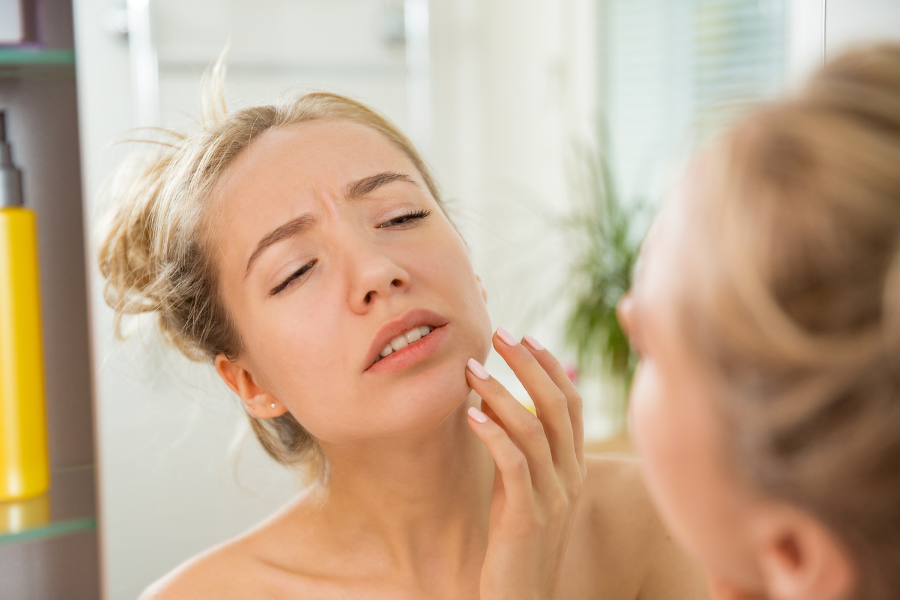
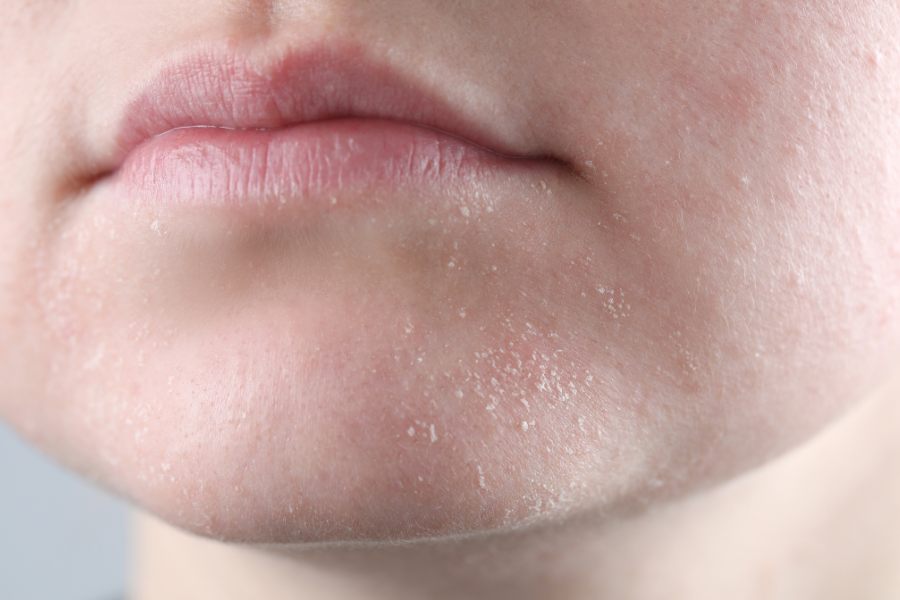
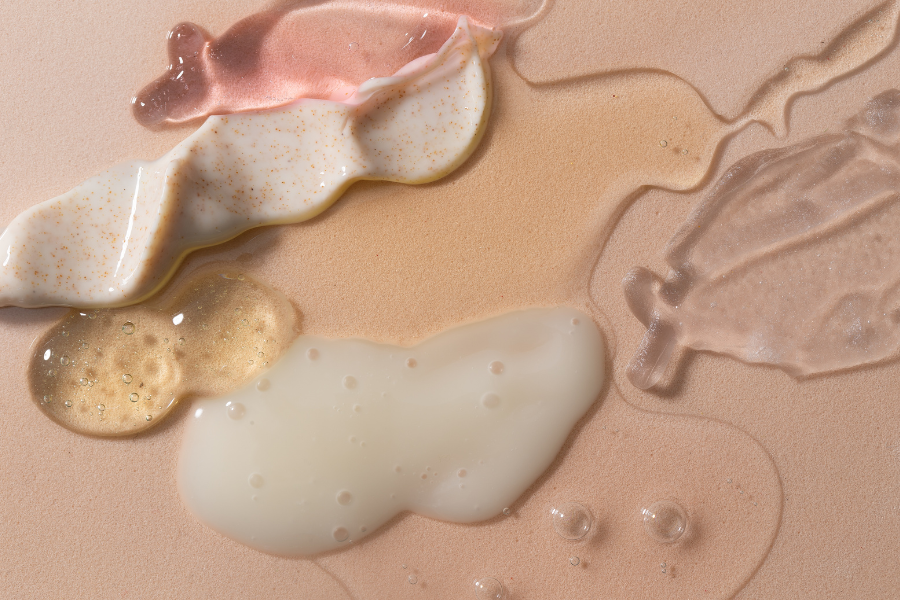
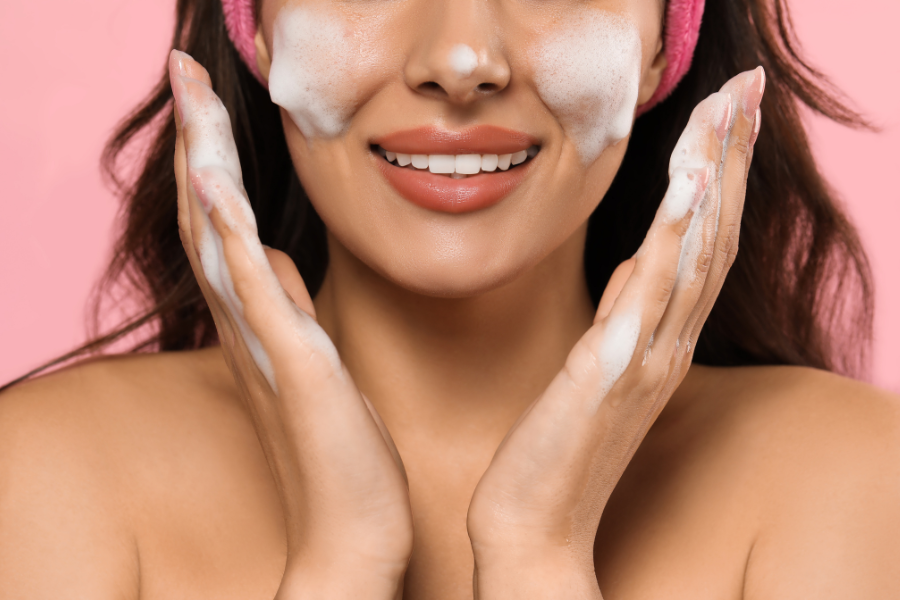
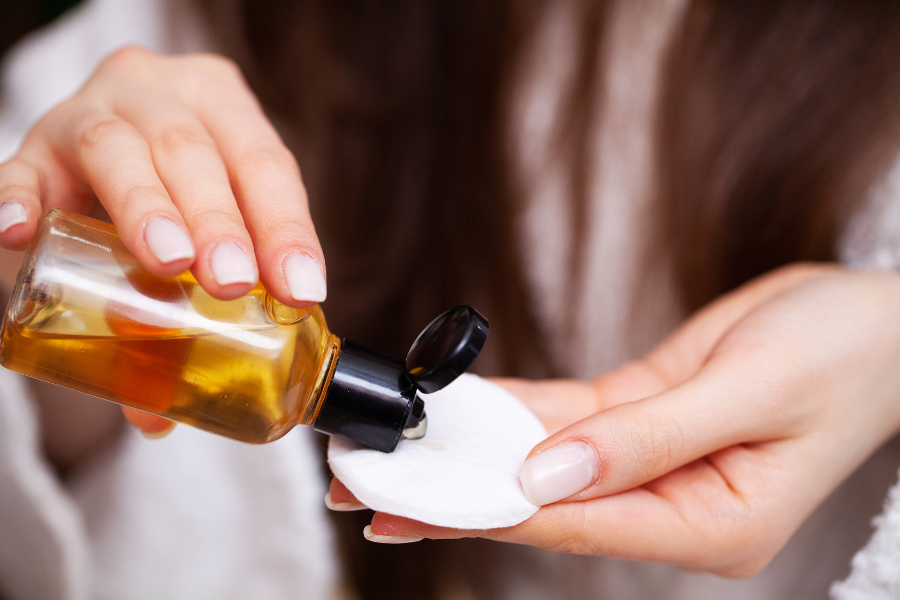
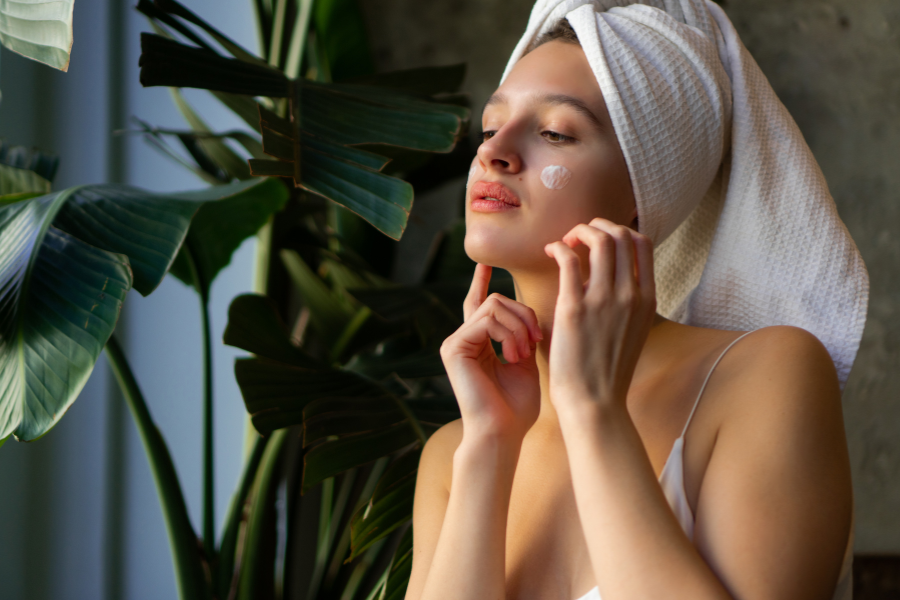

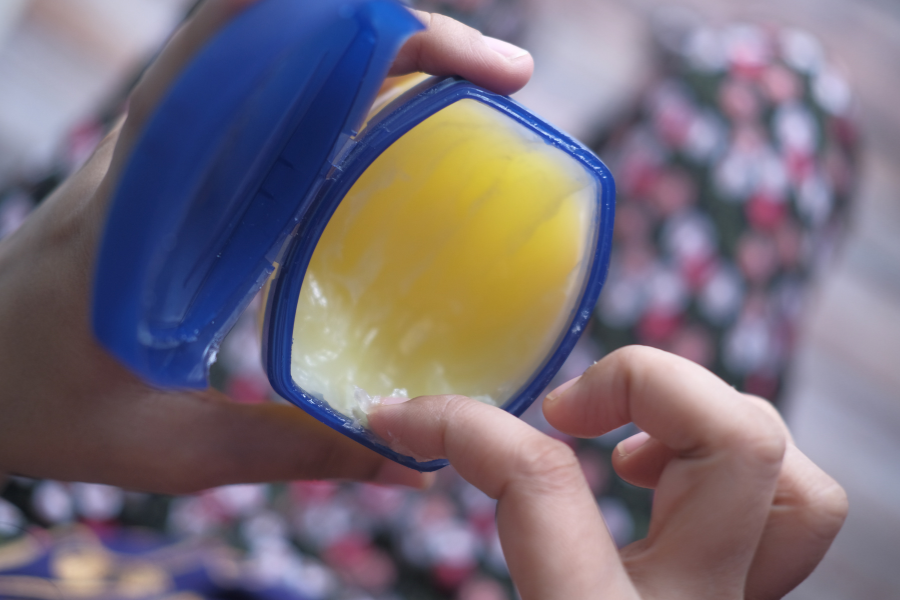

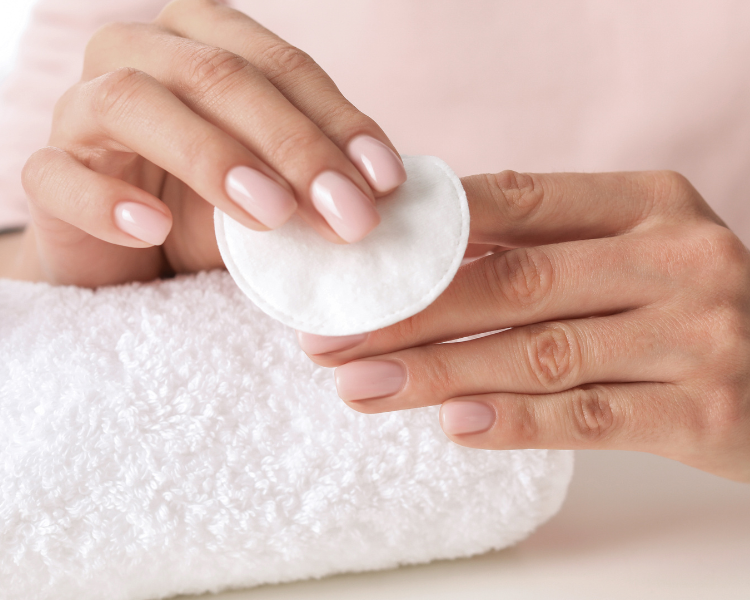
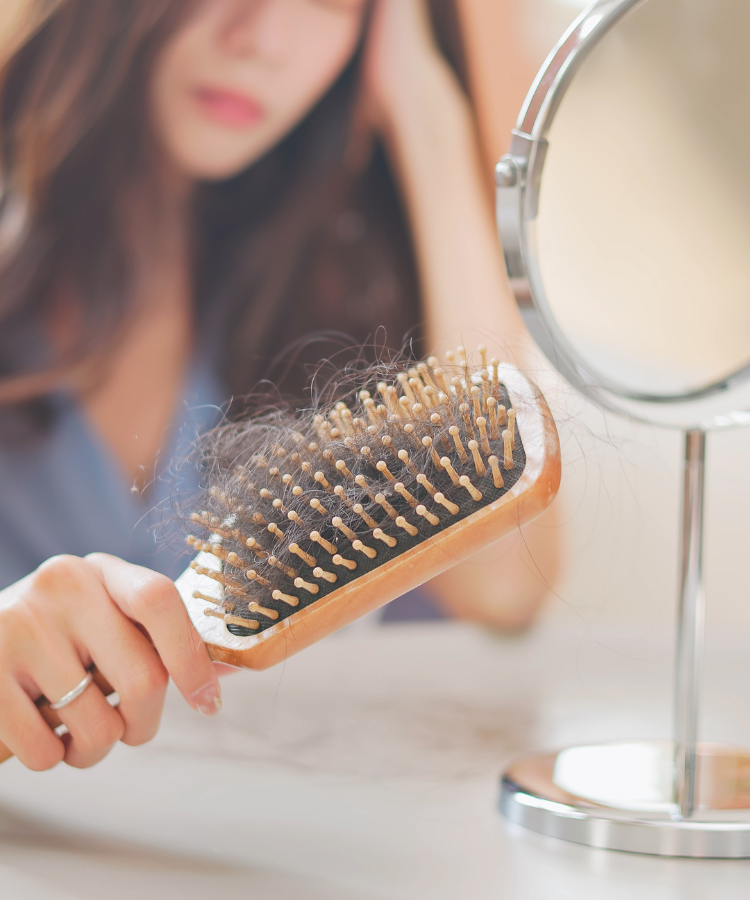


Leave a Reply